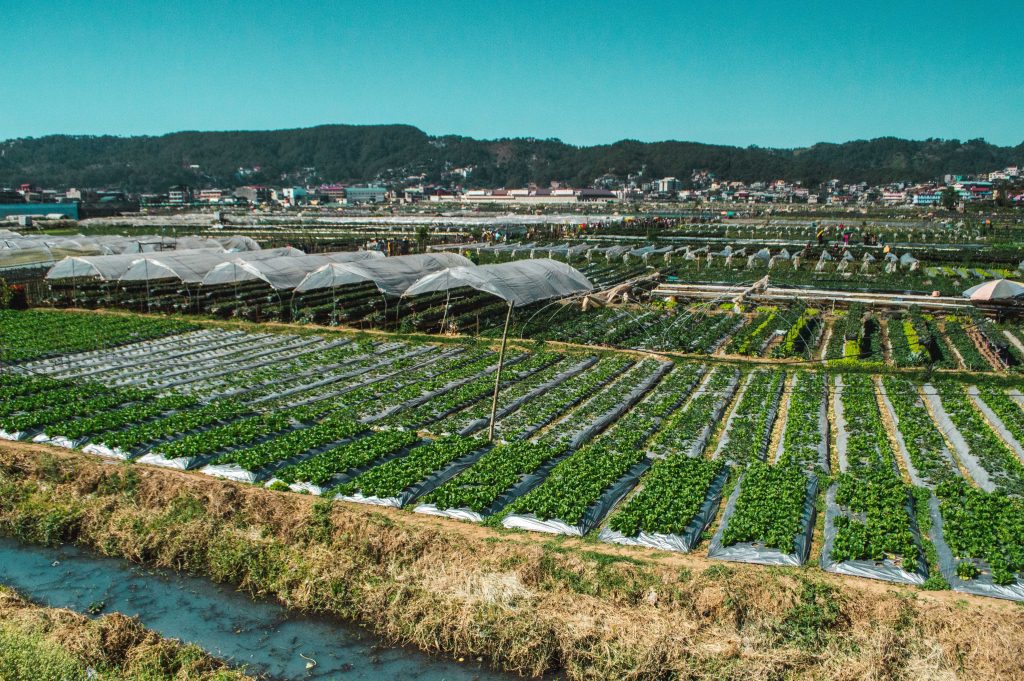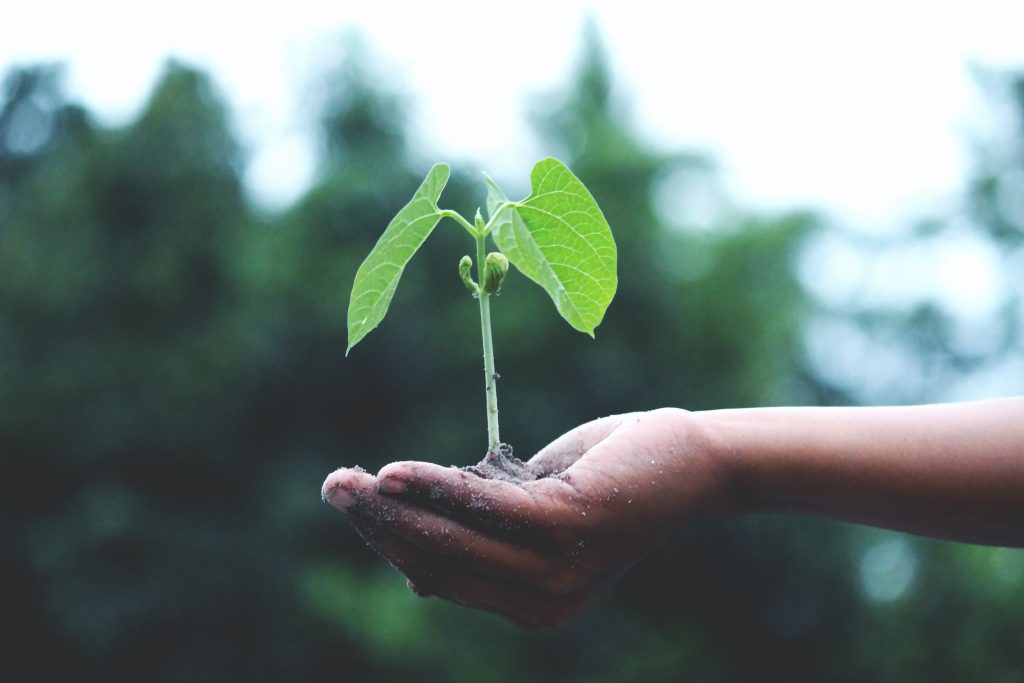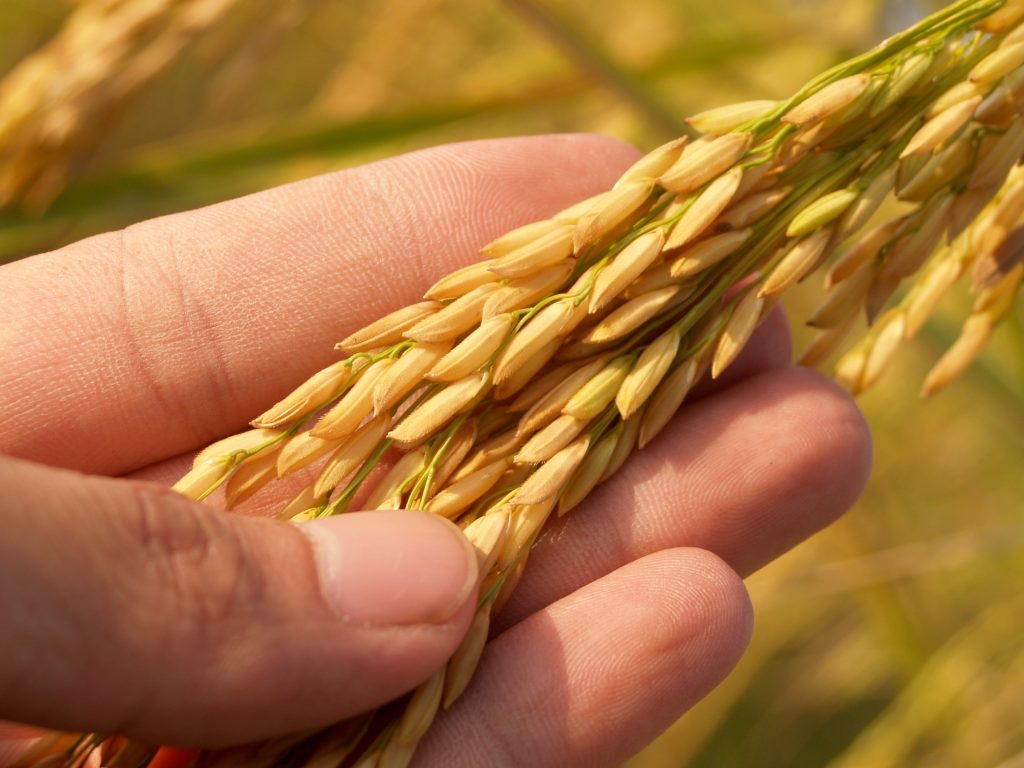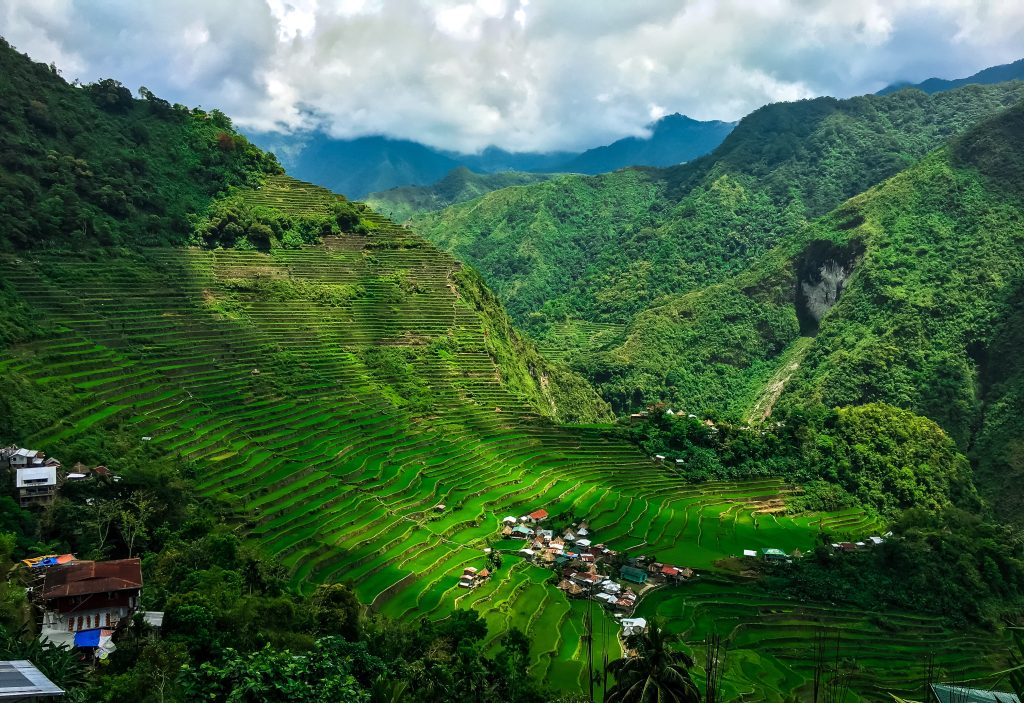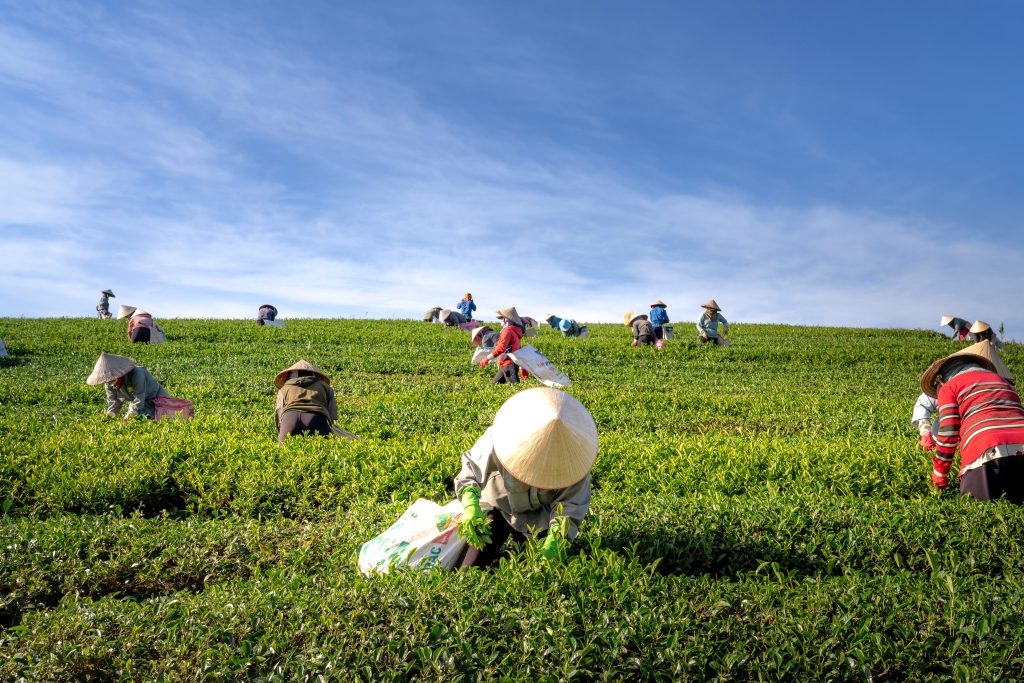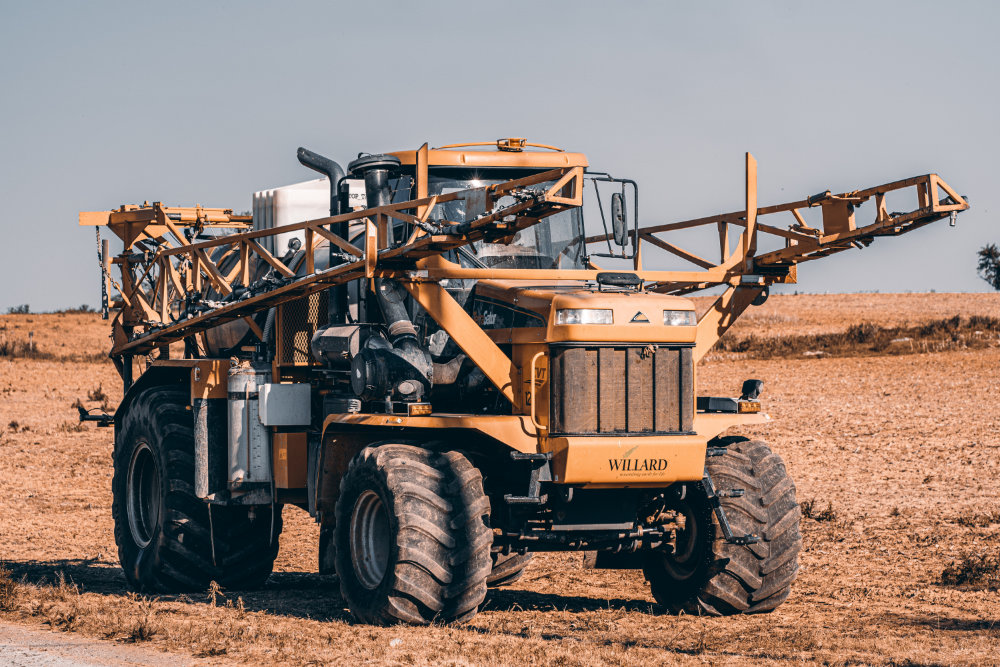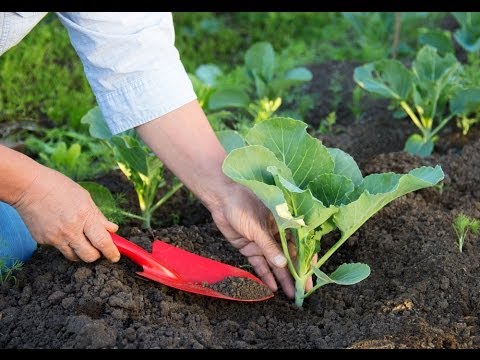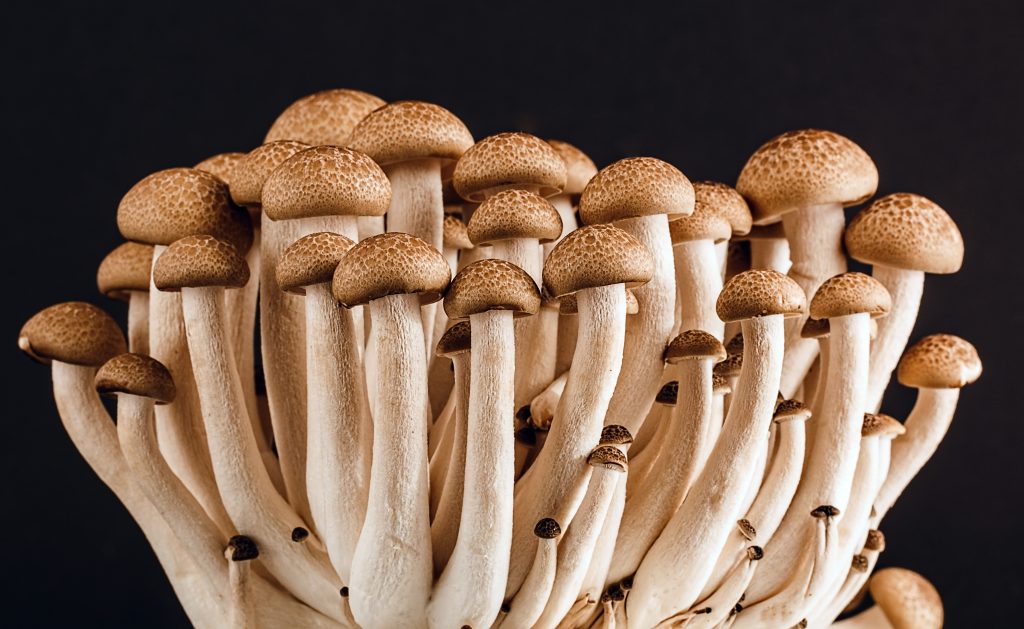Unearthed Connections: Uncovering the Hidden Impact of Agriculture on Coral Reefs
Coral reefs thrive beneath the sparkling blue waters as stunning ecosystems teeming with life. These underwater wonders provide essential habitats for countless marine species. However, an unexpected threat looms over these delicate environments, originating far beyond the ocean’s reach. While the connection may not be immediately obvious, the consequences of agriculture reach far and wide, eventually affecting the fragile balance of coral reef ecosystems. Farms, fields, and plantations that sustain our growing population have unintended repercussions extending into our oceans’ depths. From chemical runoff to sedimentation, the effects of agriculture leave a lasting impact on coral reefs, compromising their resilience and survival. In this article, we uncover the hidden impact of agriculture on coral reefs. We delve into the perils of agricultural runoff and water pollution as chemicals and excess nutrients make their way into the ocean, causing devastating consequences for corals and the creatures that depend on them. We explore the dangers of sedimentation, as eroded soil from agricultural lands smothers coral communities, hindering their growth and disrupting their vital relationships. Sustainable agricultural practices must take center stage, striking a balance between meeting the needs of a growing population and safeguarding the delicate underwater worlds intertwined with our well-being. Join us on this enlightening journey as we uncover the hidden consequences of agriculture beneath the surface. Together, let us explore the urgent need for change and the paths toward a harmonious coexistence between agriculture and the precious coral reefs that enchant and sustain life in our oceans’ depths. Agricultural Runoff and Water Pollution Agricultural runoff poses a significant threat to coral reefs due to the introduction of chemicals, fertilizers, and excess nutrients into nearby water bodies. Research and statistics reveal the extent of this impact: Chemical runoff Pesticides, herbicides, and fertilizers used in agriculture can leach into waterways through runoff, eventually reaching coastal areas and coral reefs. A study by Burke et al. (2019) found that pesticide concentrations in runoff water were significantly higher in agricultural areas, indicating the potential for these chemicals to enter marine ecosystems. Excess nutrients Agricultural practices often involve the application of fertilizers, which contain high levels of nitrogen and phosphorous. When runoff carries these nutrients into coastal waters, they can cause eutrophication, leading to harmful algal blooms. A United Nations Environment Programme (UNEP) report states that excessive agricultural nutrients contribute to 60% of the global decline in coral reef health. Water quality degradation Poor water quality resulting from agricultural pollution adversely affects coral reef ecosystems. Sedimentation and nutrient enrichment can lead to decreased water clarity and light penetration, affecting the photosynthetic ability of corals and their symbiotic algae. The diminished light availability can impede coral growth and compromise their overall health. Studies such as those conducted by Fabricius et al. (2019) and Udy et al. (2020) highlight the correlation between agricultural runoff and declines in coral reef health. These studies demonstrate the negative impact of agricultural practices on water quality and the subsequent effects on coral ecosystems. In addition to specific research findings, statistics further emphasize the scale of the problem. The UNEP estimates that agriculture contributes to up to 50% of global nutrient pollution in coastal waters. Furthermore, the World Resources Institute reports that nutrient runoff affects about 25% of global land, which can lead to harmful algal blooms and subsequent coral reef degradation. The evidence from research and statistics underscores the urgency of addressing agricultural runoff and water pollution to protect coral reefs. Implementing proper nutrient management strategies, reducing harmful chemicals, and promoting sustainable agricultural practices are crucial steps toward mitigating the detrimental impact of runoff on coral reef ecosystems. Sedimentation and Coral Smothering Sedimentation, resulting from soil erosion and improper land management practices in agriculture, poses a significant threat to coral reefs. When sediments from agricultural lands reach coastal waters, they settle on coral reefs, leading to smothering and detrimental consequences for these fragile ecosystems. Relevant research and statistics shed light on this issue: Soil erosion Unsustainable agricultural practices such as deforestation, intensive farming, and improper soil management contribute to soil erosion. A study by Wilkinson et al. (2021) highlights how land degradation due to agriculture is a major driver of sedimentation in coastal areas, including coral reef environments. Sediment runoff Runoff carries Eroded soil particles into nearby water bodies and eventually reaches coral reefs. These sediment-laden waters can directly impact corals by covering their surfaces, limiting their access to sunlight, and interfering with their feeding and growth processes. A study by Perry et al. (2018) found that sedimentation caused by agriculture was a significant factor contributing to the decline of coral reefs in the Great Barrier Reef. Impaired growth and reproduction Sedimentation on coral reefs reduces light penetration, hindering the photosynthesis of the symbiotic algae that provide essential nutrients to corals. It leads to declining coral growth rates and weakens their reproduction ability. Research by Alvarez-Filip (2020) indicates that sediments can negatively affect coral reproduction and settlement, potentially impairing the recovery and resilience of coral populations. Statistics further highlight the widespread issue of sedimentation affecting coral reefs. The Global Coral Reef Monitoring Network (GCRMN) reports that sedimentation from land-based sources is one of the primary causes of coral reef degradation worldwide. The GCRMN also estimates that approximately 80% of nearshore coral reefs are threatened by sedimentation, with agricultural runoff being a significant contributor. Efforts to address sedimentation and coral smothering include: Implementing erosion control measures. Promoting sustainable land management practices. Establishing buffer zones between agricultural areas and coral reefs. By reducing sediment runoff, it is possible to mitigate the harmful impacts on coral reefs and preserve their health and biodiversity. Research findings, such as those mentioned above, underscore the importance of tackling agricultural sedimentation to safeguard coral reef ecosystems. Through collaborative efforts between agricultural industries, conservation organizations, and policymakers, it is possible to minimize sedimentation and protect these fragile underwater habitats for future generations. Chemical Pollution and Coral Health Chemical pollution stemming from agricultural activities poses a significant threat to the health and vitality
Unearthed Connections: Uncovering the Hidden Impact of Agriculture on Coral Reefs Read More »


